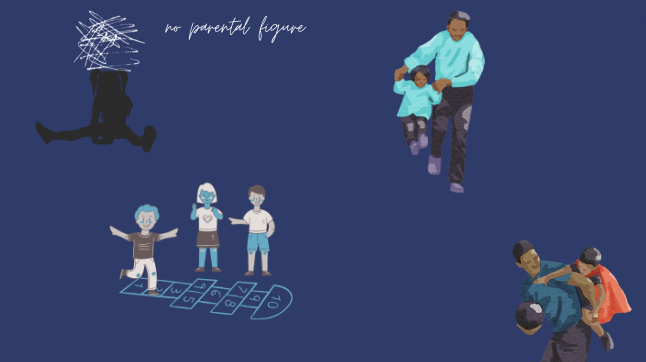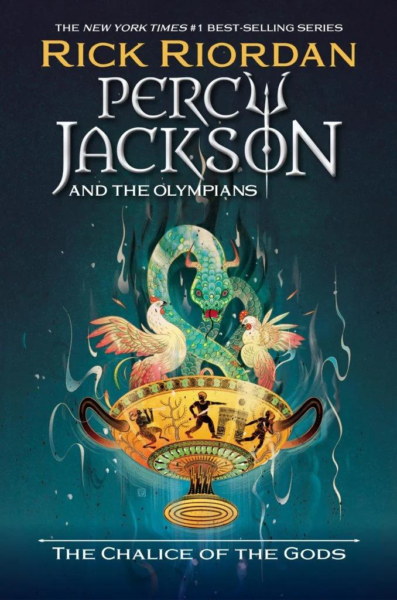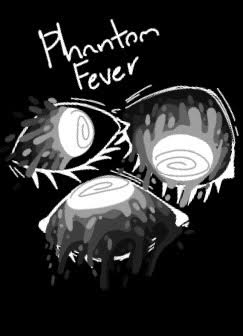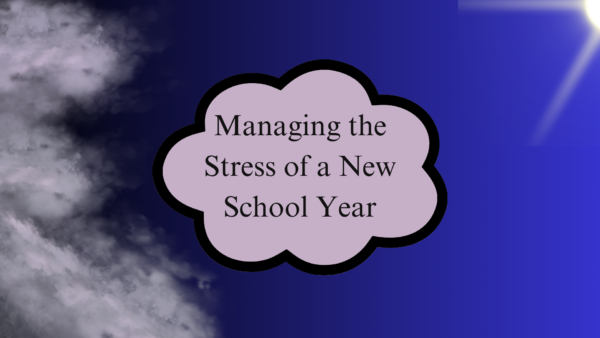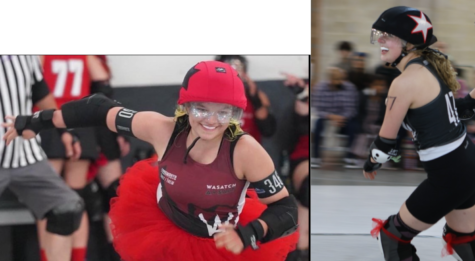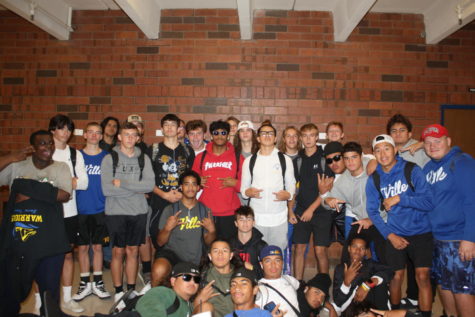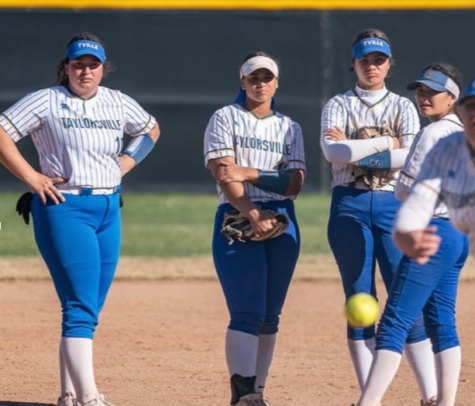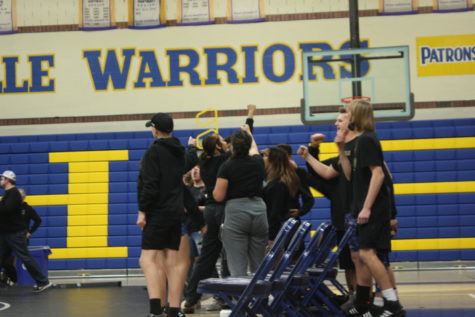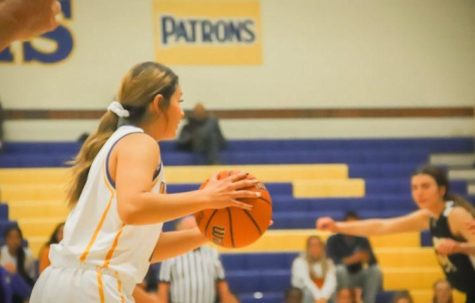CTE in Hockey
December 13, 2018
Over the last eight years, the list of deaths among hockey players involving brain trauma in the National Hockey League has grown exponentially.
Players such as Derek Boogaard, Wade Belak, Steve Montador, Todd Ewen, Bob Probert, and Jeff Parker all showed evidence of having suffered CTE. Chronic Traumatic Encephalopathy (CTE) is a degenerative brain disease that has been found in people who have suffered multiple blows to the head or concussions.
CTE has shown to be the most detrimental to individuals known as Enforcers. Enforcers are put on the ice to protect rookies, star players, and increase the aggressiveness of a team. Enforcers are expected to throw punches and take them as well. The brutality of such a position alone has shown to drive players into large alcohol consumption and over time develop dependencies to pain medication due to constant injuries.
In the documentary Punched Out: The Rise and Fall of Derek Boogaard, former enforcer Todd Fedoruk admitted to abusing painkillers. When interviewed he said, “I loved what it did for me. That was my main coping mechanism.”
The fight of an enforcer is to avoid being sent to the minor leagues. To stay in the NHL, they must fight. An injury results in recovery, possibly time from the ice, and likely ending up in the minor leagues having to climb the ladder back to the NHL each time.
This cycle deteriorates the body and with added concussions, oftentimes being played through, the brain suffers as well. “Many of the guys who are the most likely to suffer brain injuries are right on the cusp of losing their job, those fourth line players.” Said Rick Westhead on the TSN Winnipeg podcast a month after the death of Blackhawks’ enforcer, Steve Montador.
The recent deaths and life-changing side effects observed in surviving players have resulted in an intense discourse over whether or not fighting should be removed from North American hockey altogether. While former players are able to recognize the brutality and what the rule changes mean for the future, the cause questions whether casual fans understand the current direction fighting has taken.
The NHL has been strongly against changes that regard player safety. Helmets were optional in the NHL until 1979, eleven years after the death of Bill Masterton. The late Minnesota North Stars’ forward had gone flying head-first into the ice and suffered a traumatic brain injury and had played despite showing severe concussion symptoms lasting days leading to his final game. Long after Masterton’s death, the act of wearing a helmet was still considered to be against the “Warrior Code” of hockey.
Following the events that have brought change to the NHL, it seems that the National Hockey League and it’s player’s association only act to protect the league’s public reputation after tragedies rather than the safety of its players. If safety isn’t put above profit the sport of hockey may suffer a decrease in youth players due to poor safety protocols regarding concussions.

